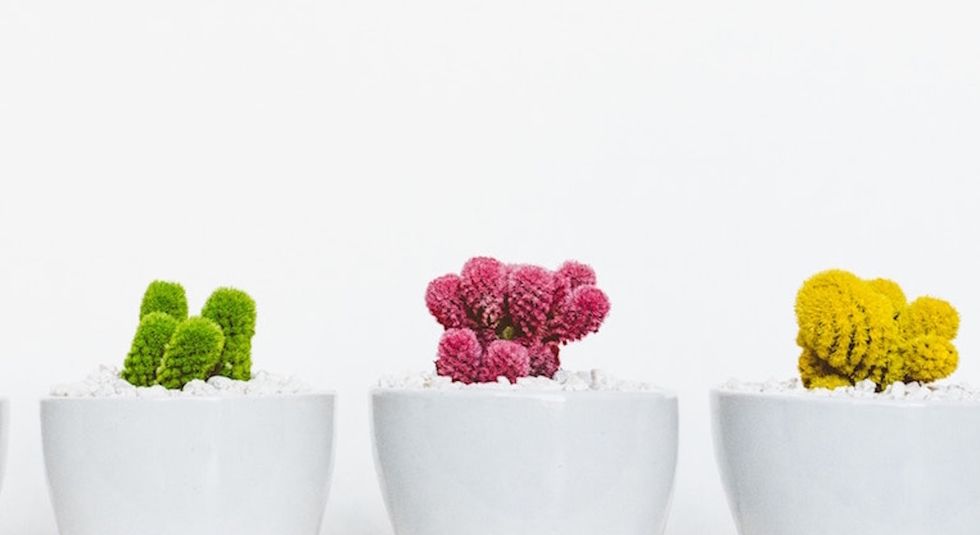During the past few decades, we’ve seen a rise of consumerism, which has created a throwaway culture based on acquisition and waste. But that self-centered and disposable way of living is unfulfilling and empty. Joshua Becker, founder and editor of Becoming Minimalist, believes that distractions, such as the “pursuit of perfection” and “accumulation of possessions,” keep us from fully living.
As a generation that grew up during the Great Recession and now lives during the greatest planetary crisis in history (climate change), millennials are choosing to live with less. Considered the most sustainable generation to date, and many millennials are moving toward minimalism.
What minimalism is
Minimalism is defined as a life lived simply, but it is about more than eliminating stuff. The concept of minimalism can also be applied to your finances, what you eat, and how you spend your time. It’s about removing excess to focus on what truly matters.
Two of the greatest advantages of minimalism are (1) that living this way helps save money and (2) it positively impacts our energy resources and our planet. A simpler life translates to greener living—owning less, driving less, and reducing consumption decrease your carbon footprint and other damage to the earth.
How minimalism helps you save money
Purchasing less means less money coming out of your wallet—that’s obvious. But buying less also means less laundry to do, less of a mortgage payment, less money spent on gas (because you walk or ride a bike), and less money spent on food and treats (because you’re eating more locally grown or in-season foods).
Some millennials even follow self-imposed spending bans to help them save cash. While this kind of saving may be difficult at first, once you’re in the practice of saying “no” to your past spending habits, the easier it will get—and the happier you’ll be. You’ll reduce or eliminate your debt, you won’t have clutter around your home, and you’ll have more funds to travel and experience beautiful things.
How minimalism helps with green living
Green living, also known as sustainable living, means living in a way that avoids negatively impacting the environment. Buying less means wasting less. Driving less means using less gas, which means there are fewer carbon emissions and less pollution.
It’s no secret that consumerism has contributed to our climate change issues. Now that we’ve identified the relationship between the two, we can be more responsible in our consumption and make a difference for our planet.
How to start as a minimalist
Use these tips to begin practicing minimalism and start living a sustainable life:
1. Reduce, reuse, and recycle. Reduce your purchases, reduce your waste, and recycle and compost as much as possible.
2. Unplug. Most of the tech and electronic devices you use at home consume electricity even when you’ve turned them off. Simply unplugging them will save energy and save money.
3. Stop junk mail. Opting out of unwanted mailings can save money, time, and the environment. No more wasting natural resources for mail you don’t read. Some sites even offer a free service to opt out of these mailings.
4. Update your lights.Swapping out traditional light bulbs to compact fluorescent bulbs will reduce your energy demands significantly. They also last longer, so you’ll send less garbage to the landfills.
5. Get outside. Getting outside to exercise, read, or play games eliminate the energy required to power TVs, phones, or gaming systems.
A minimalistic lifestyle is a kinder, more ethical way of living. You’ll have fewer distractions and less stress in your life. Yes, eliminating things, people, or resources from your life can be difficult, but it’s an essential part of minimalism. Start with small steps, and soon you’ll be on your way to a simpler life that helps the environment and our planet.






 The minimum wage is not a living wage.
StableDiffusion
The minimum wage is not a living wage.
StableDiffusion
 influential nations
StableDiffusion
influential nations
StableDiffusion












